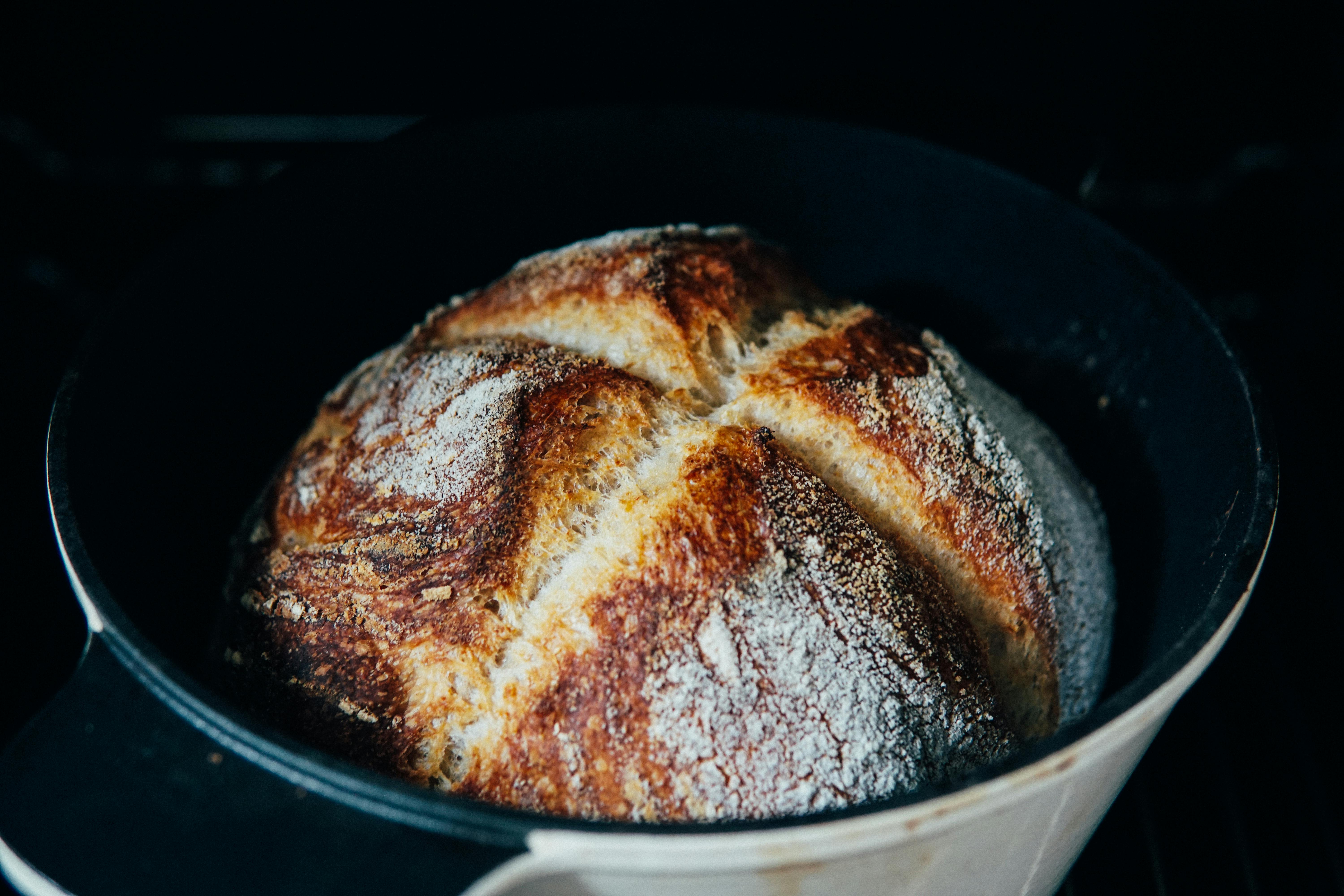So you have been looking for beautiful mosaic art that would look beautiful in your kitchen. The question is, are these suitable for a kitchen backsplash? Some precious tiles seem to absorb water and other liquids, which means they would stain easily. Nobody wants that trouble for their kitchen backsplash!
Will kitchen backsplash tiles absorb water? Yes, no, and maybe! It all depends on the tiles you choose.
The terms vitreous and non-vitreous are used to indicate the density and porosity of a tile. These characteristics determine the probability that a tile will absorb water. Tile manufacturers classify tiles into four categories.
not vitreous
Non-vitreous tiles are very porous, so they will easily absorb water. The standard absorption rate is 7 percent of the tile weight or more. These are not a good choice for a kitchen tile. If your heart is set in non-vitreous tile, be sure to use a good caulk and be prepared to reapply often.
semivitreous
Semi-vitreous tiles can be used for most interior applications. The absorption rate is between 3 percent and 7 percent by weight. If you are using semi-vitreous tile for a kitchen backsplash, a sealer is helpful.
Vitreous
Vitreous tiles are very dense and non-porous. They are resistant to stains and absorb very little water. Absorption rates range from 0.5 to 3 percent. Vitreous tiles are an excellent choice for kitchen backsplash tiles.
Raincoat
Waterproof tiles are very dense. Water absorption is at a rate of less than 0.5 percent. These mosaics can be used in the most humid places, even in showers or outdoors if desired.
If you are not sure about the rating of a tile, you can easily estimate it yourself. Put a few drops of water on the back of the tile (not on the glazed or finished surface). If the water penetrates quickly, the tile is not vitreous. If the water beads up instead of being absorbed, the tile is vitreous.
You will need to use a sealer if you have your heart set in a non-vitreous or semi-vitreous. Using a sealer on your grout will make your life easier even if you choose waterproof tile.
There are several types of sealants available. The harder ones form a surface film on tile and grout, but can darken the surface and leave a brilliant shine. Sealers called impregnators penetrate the surface and fill the pores in the tile and grout. They are slightly less durable, but they are also less likely to alter the appearance of the tile. Some surfaces require a special type of sealer; Chalkboard sealers, for example, contain adhesives. Check with your supplier to determine which sealer is required for your tile.
Know if that beautiful tile will absorb or repel water before you install your kitchen backsplash, and seal the surface if necessary. That way, you’ll be really happy with your beautiful backsplash!

